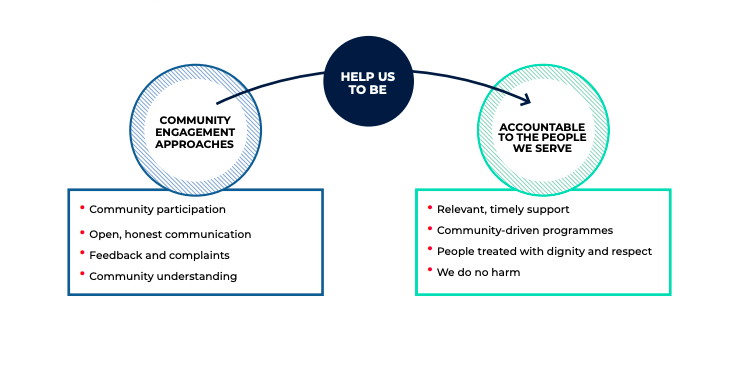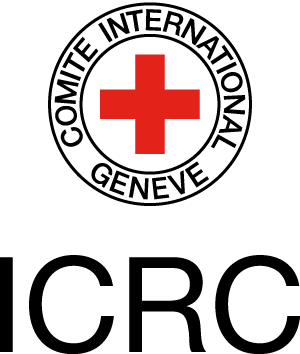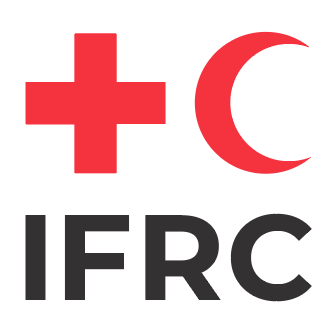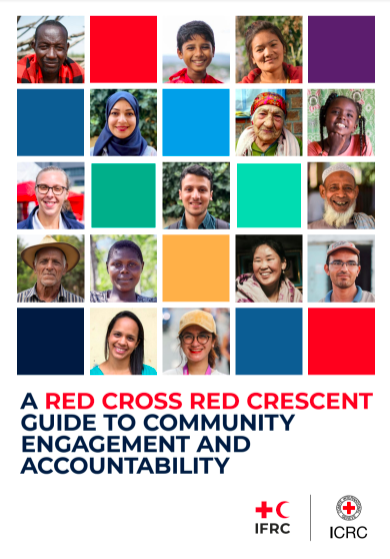What is community engagement and accountability?
Community engagement and accountability (CEA) is a way of working that recognises and values all community members as equal partners, whose diverse needs, priorities, and preferences guide everything we do.
We achieve this by integrating meaningful community participation, open and honest communication, and mechanisms to listen to and act on feedback, within our programmes and operations.
To build trust with communities, we need to understand and act on local knowledge and
Jagan Chapagain, Secretary General, IFRC
community feedback. It cannot be optional – we need to do so systematically and effectively.
Evidence, experience, and common sense tells us when we truly engage communities and they play an active role in designing and managing programmes and operations, the outcomes are more effective, sustainable, and of a higher quality.

When we talk about ‘communities’ or ‘community members’, we are referring to the group of people affected by the organisation’s activities, programmes, or operations – including those who receive support and those who don’t. The community can be defined geographically or by personal characteristics, such as age, gender, or status (e.g., pregnant women).
It is important to note that there are lots of different names to describe the process of community engagement and accountability, and different organisations may use different terminologies – for example Accountability to Affected People or Populations (AAP), Beneficiary Communications, Accountability to Communities (AtC), Communication with Communities (CwC) or more recently and within health and epidemic response, Risk Communication and Community Engagement (RCCE).
We also host co-production resources on the hub. Co-production is an element of CEA which actively involves communities in the design of programmes. It is about creating a relationship where professionals and citizens share power to plan and deliver support together, recognising that both have vital contributions to make to improve quality of life for people and communities.
.
.
What community engagement and accountability is not…
Something new – the Red Cross Red Crescent has always worked with communities, but we don’t always do it as well as we should and adopting a more systematic approach could improve quality and prevent gaps in how we engage communities.
A separate programme or activity – community engagement is a mindset or a way of working that should be part of everything we do, integrated within all our work
One person’s job – accountability cannot be outsourced to one person or department; we all have a responsibility to ensure we engage communities well in our work
An extra burden or box to be ticked – it’s part of our core commitments and critical to the quality of our work and the impact we can have.
.
Why do we engage with communities?
Affected communities are not only experts on their situations, they are also first responders and agents of change. Enabling inclusive participation of communities at all levels is not a nice to have – it’s imperative…
Robert Mardini, Director-General, ICRC
1) To understand the community context and needs:
We need to engage with all groups and individuals in the community to understand their specific needs, preferences, and context. If we assume we know what people need or how things work in their community, we risk getting it wrong and providing support that doesn’t help, or even worse, doing harm. For example, by inflaming existing tensions or excluding already marginalised groups.
2) For better, more effective programmes and operations:
Nobody knows the community better than the people who live there. When we draw on that local knowledge and expertise to plan and manage programmes and operations, we’re much more likely to get it right and provide support that is useful, timely, relevant and of a high quality. Listening to community feedback gives us an early warning when things aren’t working and provides valuable insights on how we can improve.
3) To build trust, access, and acceptance with communities:
Open, honest communication and listening and acting on what people tell us, is a mark of respect which builds trust. Without trust people may not want to speak to us, use our services, believe the information we share or welcome our volunteers and staff safely into their community. When people don’t trust us, our ability to help them becomes harder and even impossible.
4) To strengthen community ownership and resilience:
People affected by crisis are not helpless. They are usually the first responders in a crisis and have knowledge, skills and capacities which can help to ensure aid is relevant and sustainable. When we design and manage programmes and operations in partnership with communities, it facilitates local ownership and self-reliance. When we don’t engage them, we are treating them as passive recipients of aid, which undermines our efforts to strengthen community resilience.
5) To uphold our own commitments:
Working in partnership with communities is at the core of who we are. We commit to involving people in the management of aid, holding ourselves accountable to those we seek to assist, and building on local capacity in the International Red Cross and Red Crescent Movement’s Code of Conduct in Disaster Relief. The Principles and Rules for Red Cross and Red Crescent Humanitarian Assistance commit to including transparent communication and feedback mechanisms in emergency responses. In December 2019, the first set of ‘Movement-wide Commitments for Community Engagement and Accountability’ was approved at the Council of Delegates (see page 21).
In partnership with:



